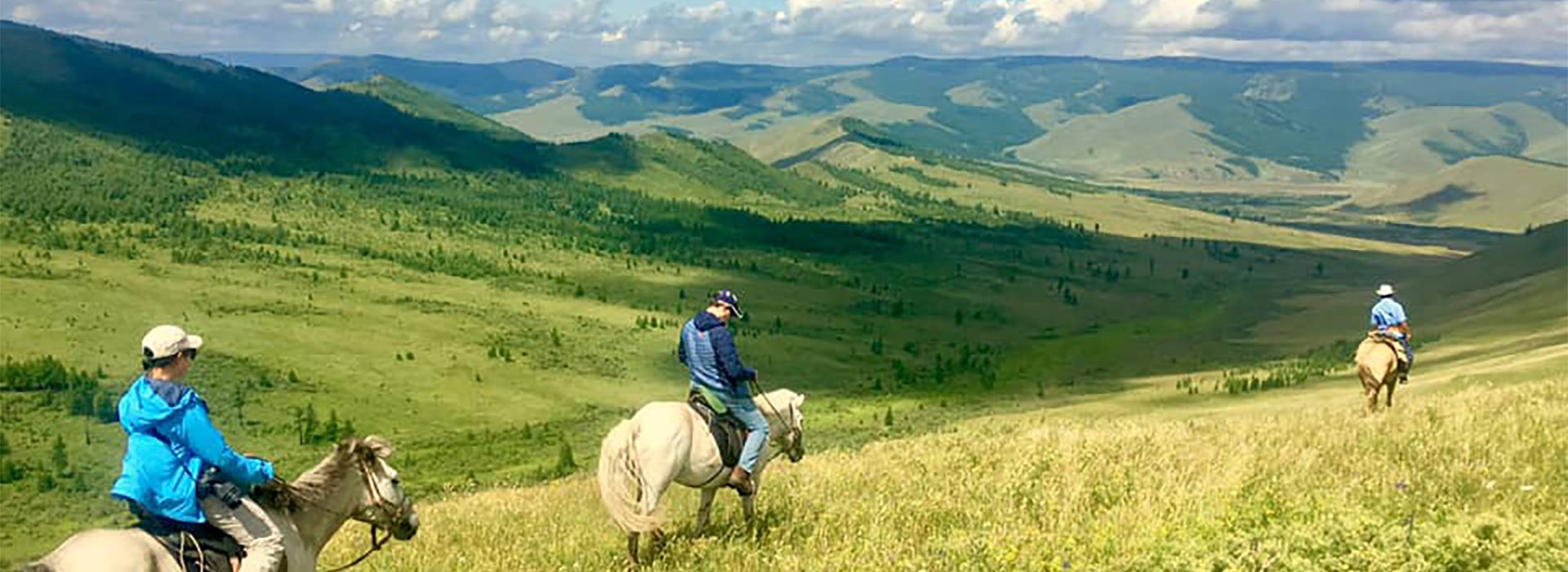
Must 5 places to visit in Mongolia
1. Gobi
The Gobi or Gobi desert is known as in the west, is mostly semidesert. Rather than a sandy desert, it is mostly bare rock. Contrary to popular belief, it is not a barren, remote and unexplored place. The Gobi is a vast area encompassing at least one-third of Mongolia, and each region is unique in its way and only South Gobi is well known and well-advertised. The Gurvansaikhan Mountains are an extension of the Altai Mountains into the Gobi and inside the Yol Valley is a deep ravine where Lammergeiers nest. The Yol ravine used to have permanent ice in its shady parts all through the summer. The famous Bayanzag, which was made famous as the “Flaming Cliffs” by the expeditions of Roy Chapman Andrews in the 1920s. It is sandstone cliffs where fossiled dinosaur eggs were found. The Hongor Sands is a spectacular 180 kilometers (112 miles) long dune. It is several hundred meters high and just about 300 m wide on average. Along its entire length, there is an open stream, the Hongorin Gol, and blue iris bloom in profusion a couple of days in June. The Khangai Mountains from central Mongolia cause precipitation, and the runoff to the south empties into the Gobi, eventually creating the Gobi lakes of Böön Tsagaan Nuur and Orog Nuur. The Gobi has fascinating wildlife such as the Gobi bear (Mazaalai), wild camels (Havtagai), and the mountains support some wildlife such as Snow Leopards, Siberian Ibexes and Argali Sheep. The surrounding Gobi steppe has Asiatic Wild Ass (Khulan), Black-tailed Gazelle and Foxes.
You can visit the Gobi with our classic trips, such as Mongolian Odyssey and South Gobi trips. Also, you can stay in our camps such as Arburd Sands to experience northernmost dunes and go on Camel treks. Lastly, Ikh Nart Nature Reserve is an upland of Gobi rock formations and our camp Ikhnart Rocks is the best place in Mongolia for viewing of Argali Sheep.
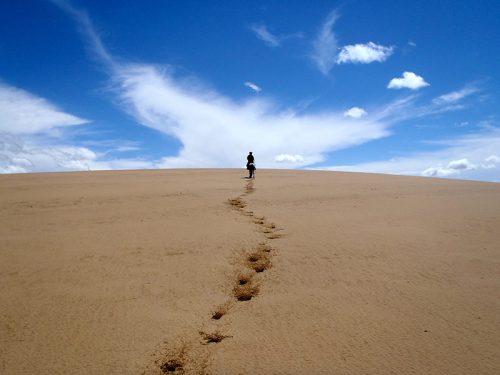
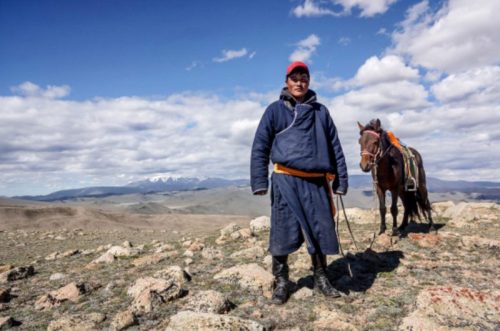
2. The Altai Mountains
The Altai Mountains extend from southeast like the Gobi up till northwest encompassing parts of Russia, China, Kazakhstan and Mongolia. Altai derived from Turkic-Mongolian altan, meaning golden. The highest peak in Mongolia is Huiten Uul (4374m), which is one of the five at Tavanbogd (literally “the five sacred”). Scattered among the Altai Mountains are some 20 glaciers, the Potanin glacier being the largest, and there are about more than 3000 lakes that are mostly originated from glaciers. The Altai Mountain is crisscrossed by a network of turbulent rivers that fed by melted snow and summer rains. In spring and summer, there will be floods in some occasion. Gobi Altai region rivers are shorter and shallower and often either frozen in the winter and dried in summer.
The people of the Altai are diverse, and the Kazakhs are in the majority. The Kazakhs are a Turkic speaking Muslim people. Due to long separation, Kazakh traditions and practices are more intact in Bayan-Ulgii than the country Kazakhstan. The Kazakhs have also revived the tradition of hunting small mammals, especially foxes, with Golden Eagles. The Eagle Festival is at the mid of September and beginning of October each year, marking the start of the hunting season. You can visit both the Eagle hunting festival and Altai Mountain in our Western Mongolia trips. Western Mongolia is one of top must visit places.
3. The Khan Khentii – Gorkhi Terelj National Park
Terelj National Park Natural landscape is picturesque and magnificent rocky scenery. The symbol of Terelj National Park is a giant rock formation like a lying turtle. The Park area is imposing, with massive rock formations set among scenic valleys and hills with a serpentine river and taiga forest. Guests can hike up on meadows admiring fascination rock formations in between beautiful mountains covered with wood. It is part of the Khangai forest-steppe and Khan Khentii strictly protected area. Khangai is a general term meaning forested areas and partly forested valley with rich vegetation, lakes and rivers, which is most of northern and central Mongolia. There are a couple of thousand rivers draining out north and east.
Nomadic Journeys offer numerous trips ranging from fishing, bird watching, Yak trek with yaks and horse-riding trips. Most of the valleys are summer camping spots for local nomads, so you get to enjoy a view of hundreds of herds grazing but also enjoy traditional milk tea inside a nomad families’ traditional home called ger, while staying at our camp Jalman Meadows ger camp.
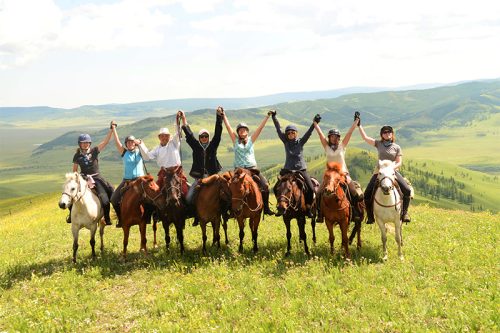
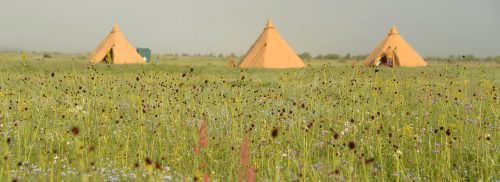
4. The Eastern Steppe
The Steppe belt of grassland that extends some 8,000 kilometers from Hungary in the west to Manchuria in the east. Mountain ranges divide the steppe into distinct parts. The Eastern Steppe is the last big remaining intact grassland in the world, as the Western Steppe, South American grasslands and the American prairie mostly have been converted to farmland. There are no fences, just grass for thousands of kilometers. The Eastern Steppe is, in every way, a harsher land for human habitation than the Western Steppe. It is higher, colder, and drier than the Western Steppe.
Toson Hulstai Nature Reserve is Mongolian government conservation efforts to protect part of the Eastern steppe. The reserve protects more than 4000 square kilometers of dry steppe ecosystem spread across Khentii and Dornod provinces. The goal for this reserve to protect and provide habitation for gazelle, increase wolf and marmot population. The Mongolian gazelle migration in the Eastern Steppe is a wildlife spectacle that occurs in a fenceless area the size of Texas. A mega herd up to 50000 can be seen.
The Eastern Steppe is the least travelled part of Mongolia by foreign visitors. It is a perfect opportunity to travel one of the pristine grasslands and enjoy a 360-degree view without any fences — a truly ideal place to visit.
5. Orkhon Valley
Orkhon Valley Cultural Landscape is a UNESCO site with numerous archaeological remains dating back to the 6th century, and both banks of Orkhon River are fertile pastureland that supported numerous nomadic civilizations. The site reflects the symbiotic links between nomadic civilization and their administrative and religious centers. Also, the importance of the Orkhon Valley played to the history of Central Asia.
Orkhon Valley was continuously occupied throughout the Prehistoric and Bronze ages. The archaeological findings of the early historical period include successively by the Xiongnu/Hunnu, Turks and their memorial sites of the 6th-7th centuries, the 8th-9th centuries’ Uighur capital of Khar Balgas, the Kidans, and finally the Mongols – the grand capital the Karakorum established by Chinggis Khaan in 1220. Lastly, in the 17th century, Erdene Zuu, the earliest surviving Mongol Buddhist monastery, the Tuvkhun Hermitage and the Shank Western monastery. These monasteries are still used and occupied by monks, and this shows enduring religious traditions and cultural practices of the Gelug school of Tibetan Buddhism.
Also, Orhon Valley has a small waterfall Ulaan Tsutsgalan. In the Khangai Mountains to the north, there is Horgo National Park, with the Terhiin Tsagaan Lake and Horgo extinct volcano.
The Mongolian Odyssey and Karakorum trip will give you a chance to see the historical places and visit the Erdene Zuu monastery.
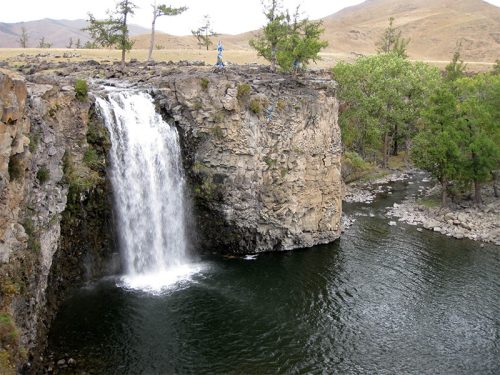
What our guests say
We appreciate your feedback about our tours and services.



